This famous artist is regarded as a Renaissance Man, as he was an engineer, scientist, and artist behind the Mona Lisa.
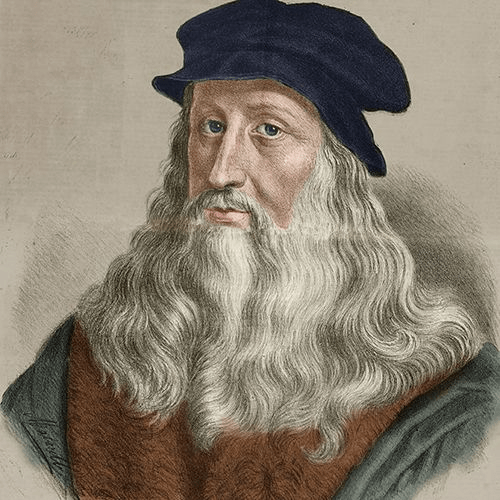
Leonardo da Vinci
"Renaissance" was the French word for this which is an accurate description of the period.
Rebirth
This famous playwright is well-known for his help in creating over 1,000 new words!
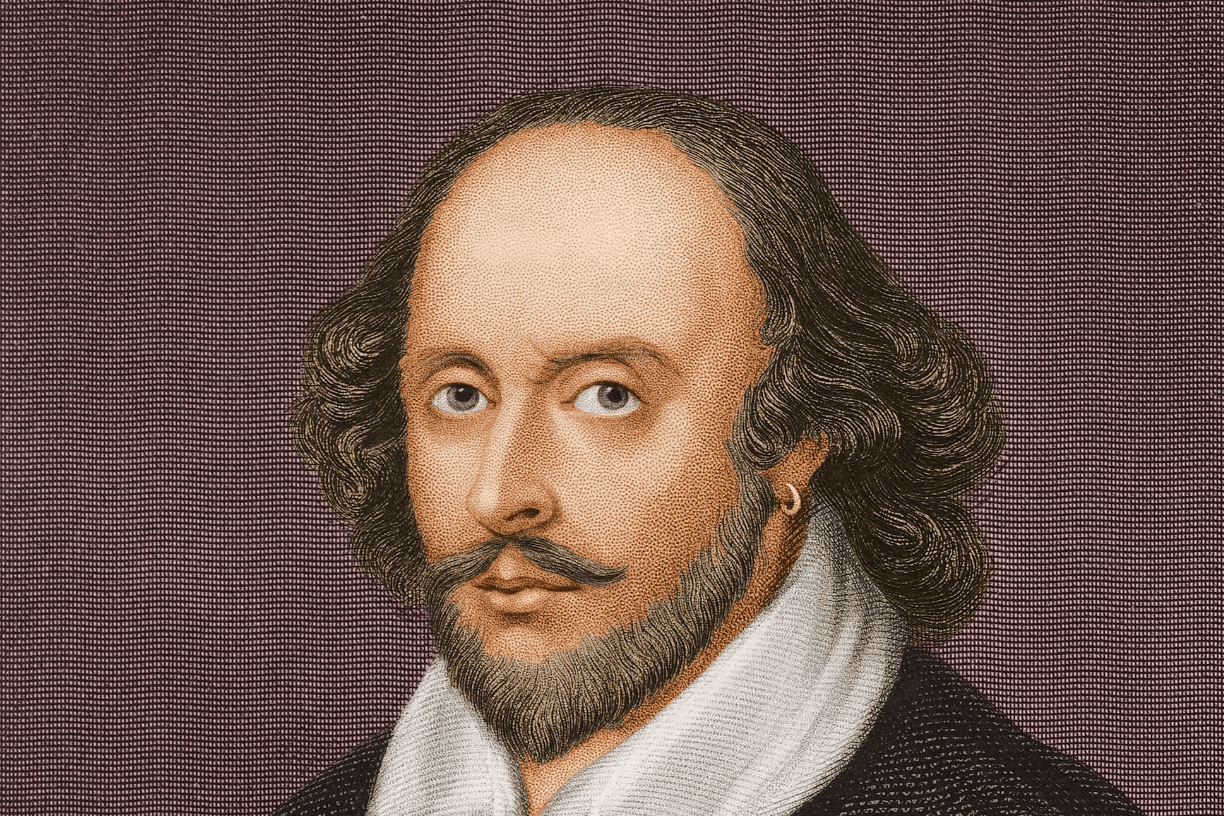
William Shakespeare
Martin Luther wrote these to vent about his frustrations with the practices of the Catholic Church and was excommunicated for it.
95 Theses
Gutenberg is credited with this invention which led to religious texts and other documents being mass-produced and distributed across Europe.
Printing press
Known at the time as Kievan Rus, Russia was dealing with infighting and Mongolian invaders and did not get to experience this.
The Renaissance
This art skill gave depth to scenes so you can tell what is closer (foreground) and what is farther (background).
Perspective
Rome, in the heart of this country, is widely considered the birthplace of the Renaissance.
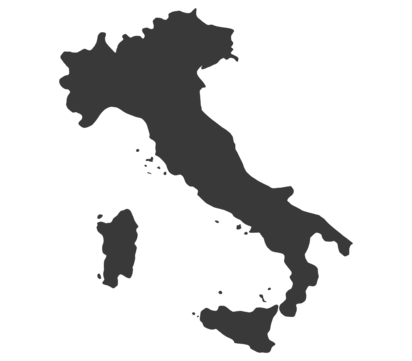
Italy
This term is used to describe the language of the ordinary, common people; Not used by royalty, church officials.
Vernacular
The Catholic Church sure did love their money. They made a lot by selling these to "help sinners."
Indulgences
Copernicus was described by the Catholic Church as a heretic for directly opposing their views by developing this astronomical theory.
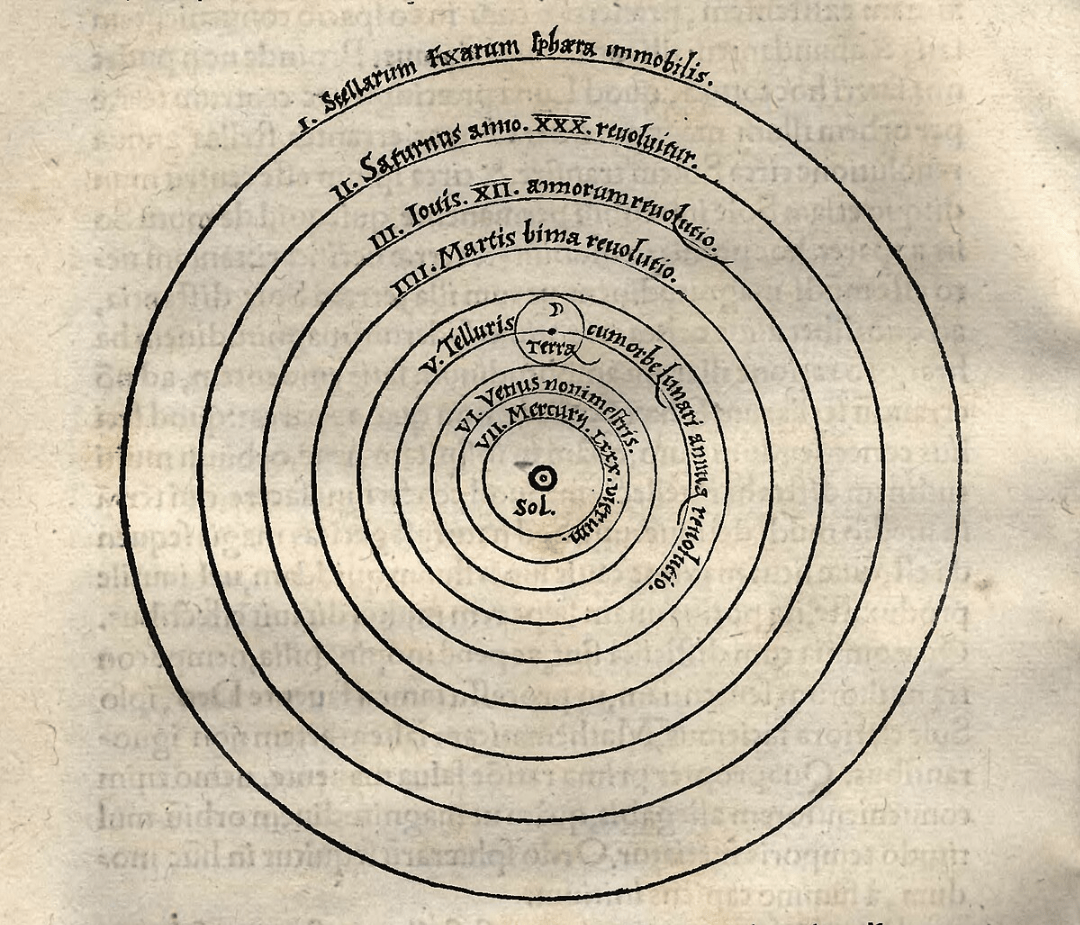
Heliocentrism
This Mongolian leader was known for uniting the many Mongolian tribes, becoming the Great Khan.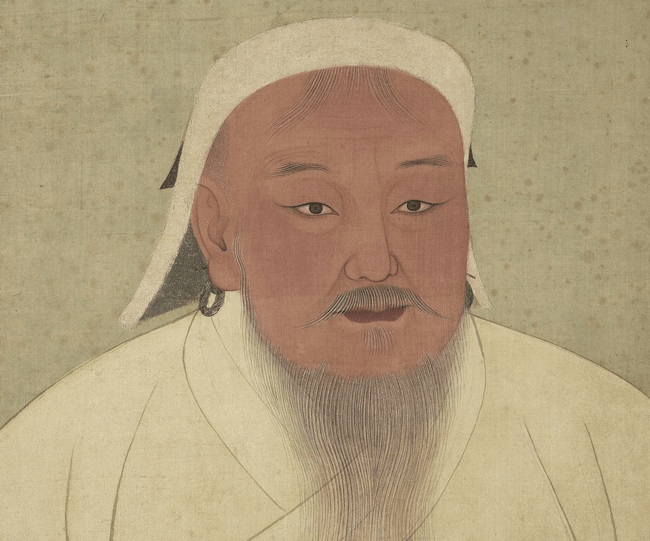
Genghis Khan
This art skill moved away from the basic, sometimes disturbing depiction of people and animals and strived to look more like real people.
Detailed Human Anatomy
Being an artist is expensive! Thank goodness for these wealthy merchants buying art supplies and becoming this...
Patrons
This Renaissance Man is why we know about the force that keeps us from floating around everywhere (gravity)!
Sir Isaac Newton
In order to silence heretics and punish corruption, this office within the Catholic Church was established.
The Inquisition
Sir Francis Bacon is still relevant in your science classes as he developed this scientific process.
The scientific method
Mansa Musa, Emperor of Mali, made the pilgrimage to Mecca, a pillar of this dominant religion in Northern Africa.
Islam
This art style moved away from drawing the typical religious scenes in the Middle Ages, focusing on the normal, everyday scenarios.
Genre Painting
After the depressing Middle Ages, people wanted a return to these kinds of ideas; Roman and Greek.
Classical
Galileo, a certified Renaissance Man, was put on house arrest after using this tool to observe planets/stars to determine that Copernicus was right about heliocentrism!
Telescope
This monarch wanted a new wife so bad, he made this new religion just to be allowed to do it!
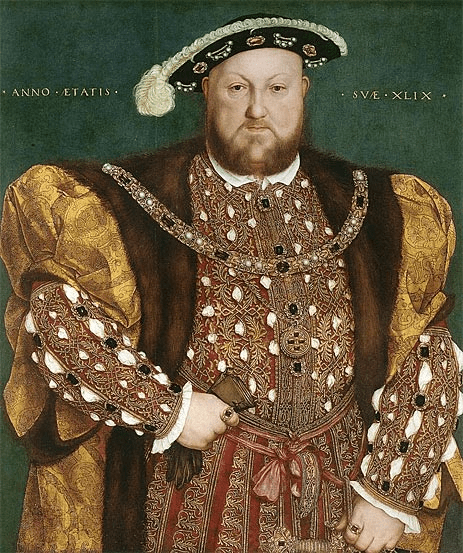
Henry VIII; Anglicanism
The Catholic Church believed in this astronomical theory; we are God's greatest creation and so we must be at the center of everything.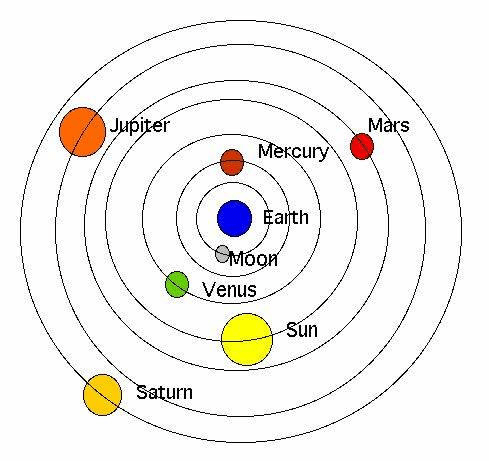
Geocentrism
Thank goodness for the Mongols! They spent a very long time protecting this important trade route across the Asian continent.
The Silk Road
This art skill softened the hard lines of the Middle Ages Art. NO HARSH OUTLINES!
Chiaroscuro
Due to the invading Ottomans, people from this country had to make a quick escape to Rome/Italy; the other Ancient Civilization in Europe.
A major supporter of the theory of heliocentrism, this Renaissance Man spent the later part of his life on house arrest after being declared a heretic.
Galileo Galilei
Any Western Christian practice that is not part of the Roman Catholic Church falls under the umbrella of this -ism.
Protestantism
Sir Isaac Newton proved the existence of gravity, is considered the father of calculus, and coined these three laws.
Laws of Motion
The Mongolians, known to be effective conquerors and warriors, often fought on horseback and used this weapon.
Bow and arrows.
The School of Athens by Raphael is an example of a famous work that utilizes this art skill. Multiple answers are accepted, and you must tell me an example of how that skill is being used in the painting.
Perspective (because it looks 3D), Detailed Human Anatomy (because muscles can be seen), Chiaroscuro (because there is shading - color go from vibrant to dark and dull).
This life perspective introduced during the Renaissance said that life can be good and comfortable, not just about work.
Humanism
The book The Prince, written by this author and politician, was a guide to monarchs on how to get and keep political power; The ends will justify the means.
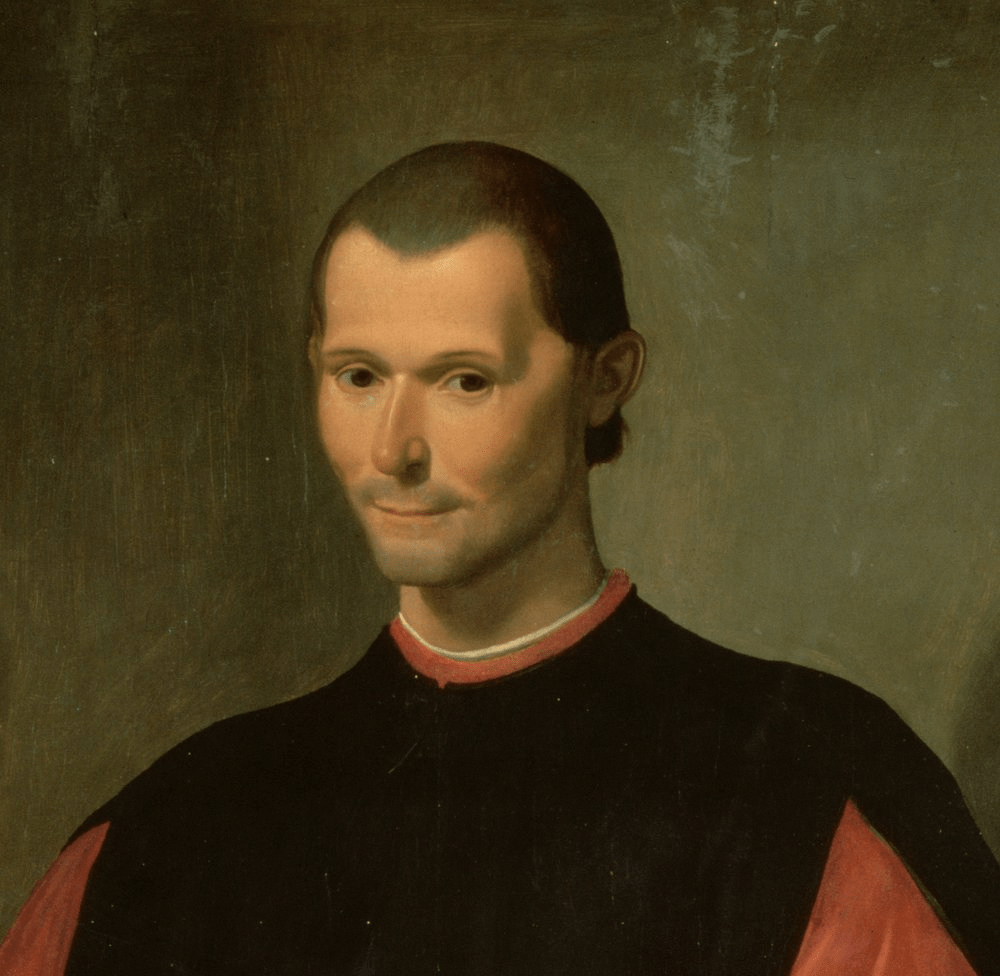
Niccolò Machiavelli
John Calvin believed in this, the idea that God already determined who is going to the good place or the bad place.
Predestination
As the scientific revolution continued, there was a call for a greater separation between the Church and State, defined with this term.
Secularism
This Mongol, Genghis Khan's grandson, conquered China and established the Yuan Dynasty, the first ever non-Chinese dynasty!
Kublai Khan